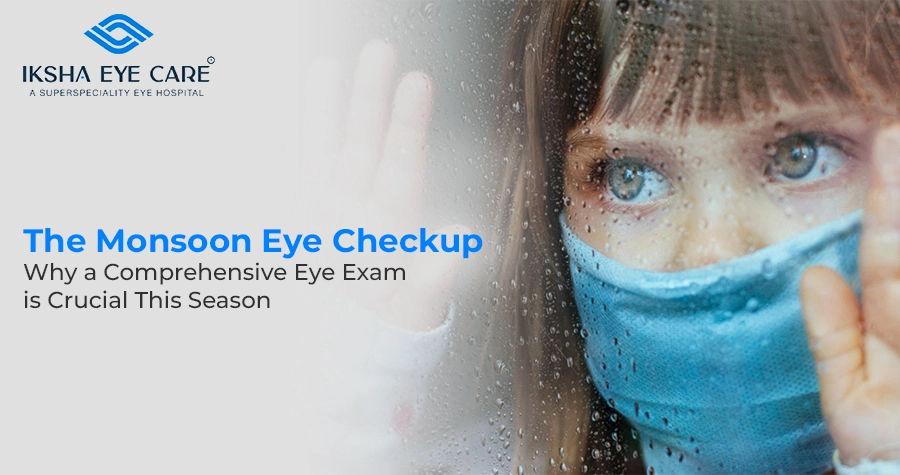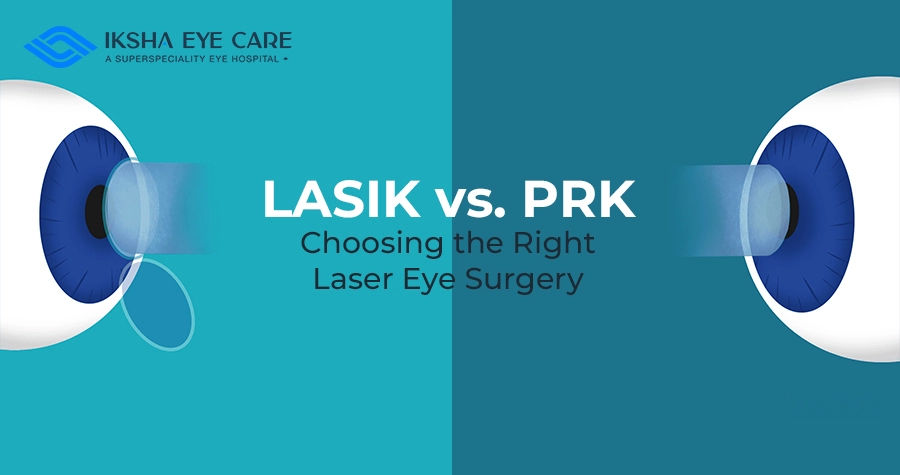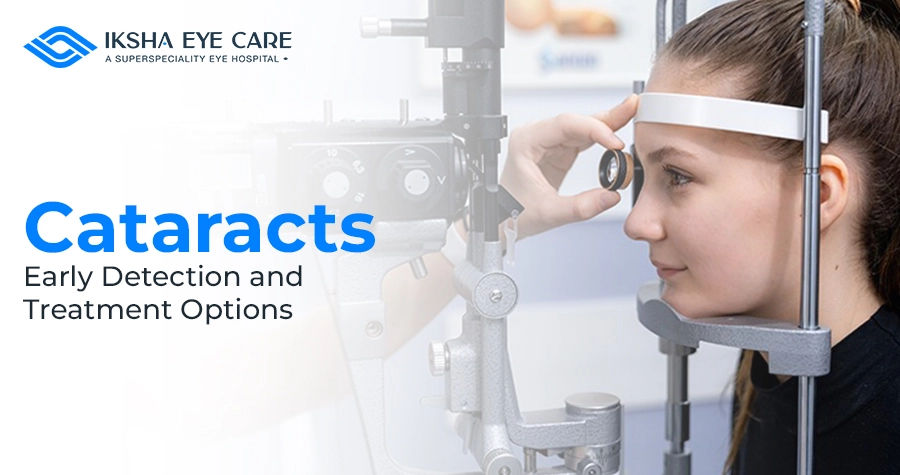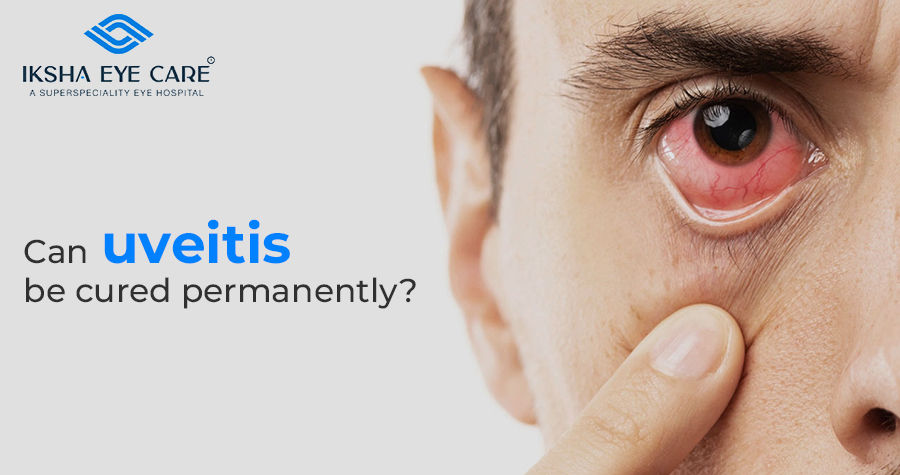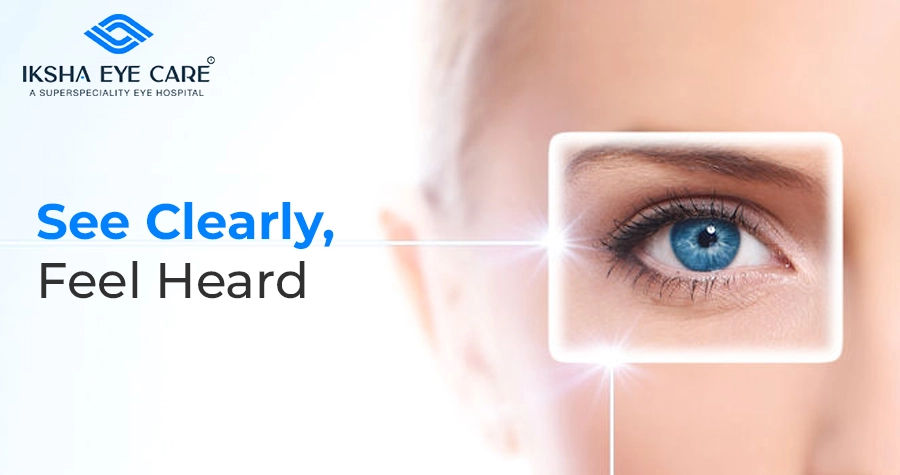Cataracts, a common condition that affects lakhs of people worldwide, can significantly impair vision. In the past, cataract surgery was a complex and invasive procedure, often requiring a lengthy recovery period. However, thanks to remarkable advancements in medical technology, modern cataract surgery is now a highly precise and minimally invasive procedure that can restore vision and improve quality of life.
At Iksha Eye Care, we are proud to offer state-of-the-art cataract surgery techniques that are designed to provide exceptional results and minimize discomfort. Our team of experienced ophthalmologists and skilled surgical staff are dedicated to delivering the highest quality care to our patients in Mumbai, in and around Santacruz and Andheri.
Outpatient Procedures for Convenience
One of the most significant advantages of cataract surgery today is that it is almost always performed on an outpatient basis. This means that patients do not need to stay in the hospital overnight, reducing stress and inconvenience. At Iksha Eye Care, we prioritize your comfort and convenience, ensuring a seamless and efficient surgical experience.
Painless Procedures with Topical Anesthesia
Gone are the days of painful injections before cataract surgery. In most cases, our surgeries are performed under topical anesthesia, which involves applying eye drops to numb the eye. This virtually eliminates discomfort during the procedure, making it a more pleasant experience for patients.
Advanced Phacoemulsification Technique
Our clinic utilizes the latest phacoemulsification technique, a minimally invasive surgical method that involves breaking up the cataract with ultrasound waves. This technique is performed through tiny incisions, requiring no stitches and resulting in a faster healing time.
Premium Intraocular Lenses
After the cataract is removed, a premium intraocular lens (IOL) is implanted in its place. These advanced lenses can be customized to correct both near and far vision, reducing or even eliminating the need for glasses. At Iksha Eye Care, we offer a range of IOL options to meet your specific vision needs.
Rapid Recovery and Return to Daily Life
One of the most remarkable aspects of modern cataract surgery is the speed of recovery. Patients typically experience minimal discomfort after the procedure and can often resume their normal activities within a few days. This rapid healing time allows you to get back to your daily life quickly and enjoy improved vision.
Our Commitment to Excellence
At Iksha Eye Care, we are dedicated to providing the highest quality cataract care. Our team of experienced eye specialists is committed to staying up-to-date with the latest advancements in cataract surgery and utilizing the most innovative techniques and technologies. We believe that everyone deserves clear, healthy vision, and we are proud to offer our patients the best possible care.
Experience the Difference at Iksha Eye Care
If you are considering cataract surgery in Mumbai, we invite you to schedule a consultation with our experienced ophthalmologists in Santacruz and Andheri. We will carefully assess your individual needs and recommend the most appropriate treatment plan.
Iksha Eye Care offers 100% Cashless Facility (Central Government Health Scheme CGHS and Private Mediclaim companies) and No Cost EMI options for all the Mediclaim policy holders (T&C apply).
Discover the benefits of modern cataract surgery and experience the difference with the best eye specialist of Mumbai. Contact us today to schedule your appointment.








